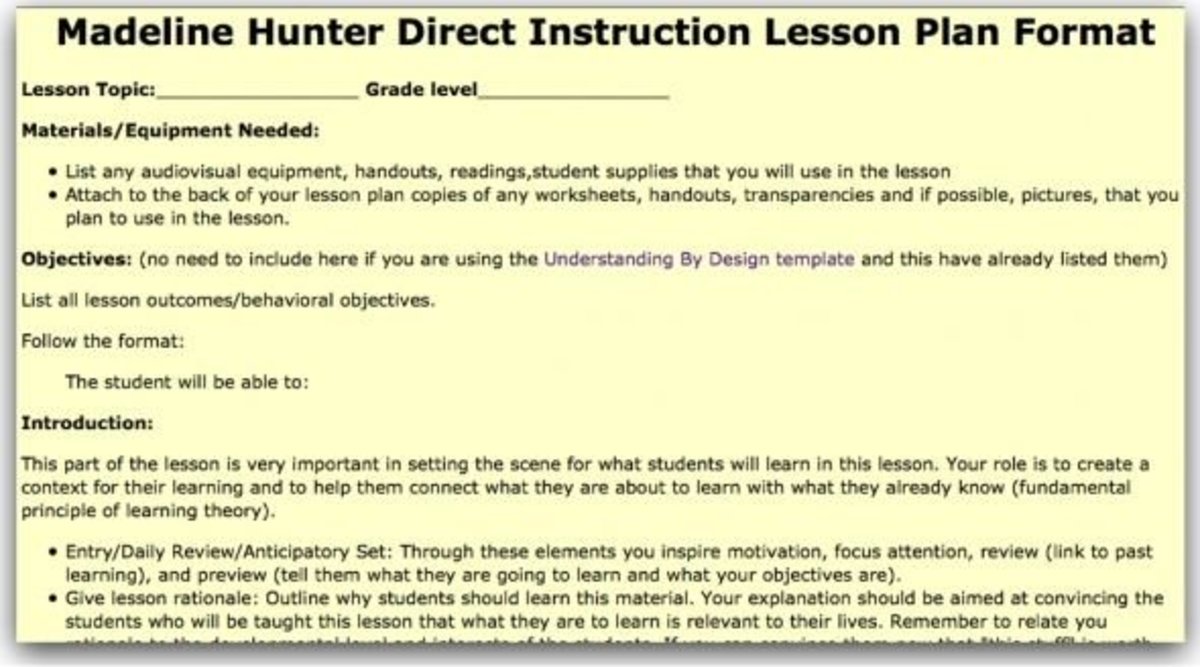Removing Coercion from Classrooms
Students all over the country go to school every day, and very few of them are producing quality work and many aren’t producing any work at all. However, it’s not for lack of knowing or ability. Most students can recognize quality in areas outside the classroom, such as athletics, art, music, but when asked, students will almost never mention regular classes as a source of quality (p. 1). Most students believe they are capable of doing high-quality work in the classroom, but they choose not to (p. 2). William Glasser attests this to the management style of the typical classroom and the misguided endeavor of schools to “get more students to do enough work…to reach the low-quality standard required for graduation” (p.5).

Creating Need-Satisfying Classrooms
The school reform that America should be doing is an overhaul on how we manage our students. Currently we use a coercive method to force students to do school work. We threaten them with grades, college acceptance and ultimately life achievement. What we need to do instead is employ a lead-management style where the managers spend their time creating ways to run the classroom so students will find it beneficial and need-satisfying to do quality work (p. 32). William Glasser describes such a classroom in his book, The Quality School: Managing Students Without Coercion.
Quality classrooms are places were the teacher is caring and is seen as a friend, rather than an adversary. It is a place where students are asked for their input, and that input is valued. Its a place where students work together on activities that are fun and social, and where the students can see the purpose of the work they are doing. Students will not expend the effort necessary to do quality work for something they believe is meaningless. In quality classrooms coercion is eliminated, completely. Even if students believe the work they are doing has value, if they are coerced most students will resist, especially students who are also coerced at home (p.98). Students who have a loving, caring atmosphere at home are more able to handle coercion at school, but students who do not, are often the ones misbehaving in a coercive classroom.

What is Choice Theory?
Glasser’s philosophy is based upon choice theory, which states that people have five basic needs: survival, love and belonging, freedom, power and fun. All our behavior is an attempt to fulfill one of these needs. The idea of a quality world is also central to choice theory and to a quality school. Our quality world is our mind’s collection of moments, activities, perceptions and pictures of what we have enjoyed in life and it becomes the benchmark for what we would like to enjoy again. If something is in our quality world that means it was need satisfying and we are likely to do it again, to continue to satisfy our needs. If something is not in our quality world we will not spend much time and effort pursing it (p.63). Most students do not have schoolwork in their quality world. Academic work, as it is today, is not very need-satisfying, especially not on the short term.
Relinquish False "Control"
In schools today we act as if we can control students, when in fact, one person can never control another person consistently. All of our behavior is a result of the choices we make to best satisfy our needs and control our own world, so that it becomes closer to our quality world (p.75). Our choices may be momentarily influenced by threats or rewards, but we are never controlled by anyone but ourselves. Lead-management is based upon providing students with knowledge and experiences that will convince them that what you are asking them to do will satisfy them. Behavior will only change if someone feels that what they are currently doing is not satisfying or if there is something else they could be doing that would be more satisfying. So why not provide students with something more satisfying?
Knowing this information about personal needs and what motivates us to do something, we can create a learning atmosphere that is need satisfying, which in turn would compel students to want to do schoolwork and to want to make it of high quality. The impact of this could alter society. Right now most students do not engage in work that is consistent with their capabilities. Our school dropout rates are increasing (p.5). Even the good students only do what is minimally required to get a good grade. This lack of achievement is showing when we compare American students to students in other countries (p. 5).

What if School Satisfied Innate Needs?
If the curriculum and the learning environment was managed in such a way that students were fulfilling their needs by completing schoolwork, almost all students would not only stay in school, but would produce quality work that is up to their capabilities. If students are meeting their needs with schoolwork, they are also likely to avoid other negative need-satisfying behavior, such as misbehaving in class, drugs, and even gang membership.
Creating a school where needs are satisfied and quality is the standard would take some work. Staff and teachers would need to be invested in the changes. Boss-management would need to be replaced with lead-management, on all levels, from administrators to teachers. Teaching styles would need to be adapted, grading systems changed and approaches to motivation completely overhauled. The transition would take some time, but in the end, it would result in more students doing more quality work, and less students misbehaving in classrooms and or dropping out, causing negative impacts on society. A better educational system would create a better society.



